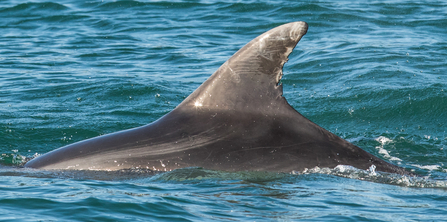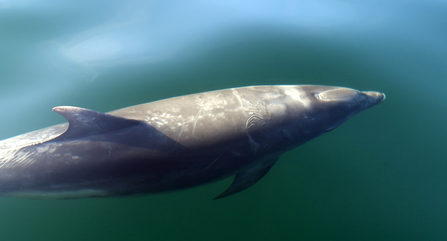England’s only resident population of bottlenose dolphins is under serious threat from a combination of human activity, environmental pollution and difficulties in rearing young that survive into adulthood, according to new research.
For almost a decade, scientists and conservation groups based along the English Channel coast have been working together with citizen scientists to monitor the movements and distribution of this population.
This has enabled them to establish the most detailed picture yet of this population, their movements and social interactions, and the challenges they face on a daily basis.
Writing in the journal Animal Conservation, the researchers report that as a result of their ongoing research they estimate the pod currently consists of just 48 individual dolphins.
That is less than half the size of most coastal bottlenose dolphin populations, and around 10 times smaller than a pod known to inhabit the Channel coast of France.
Their fight for survival is made even more challenging by the fact they inhabit some of the busiest shipping lanes in the world and also coastal waters known to suffer from repeated and prolonged spells of pollution and fishing pressure.
These findings have led the researchers to call for urgent measures to protect the population and its habitats, or risk the possibility that this group of animals may not survive.


